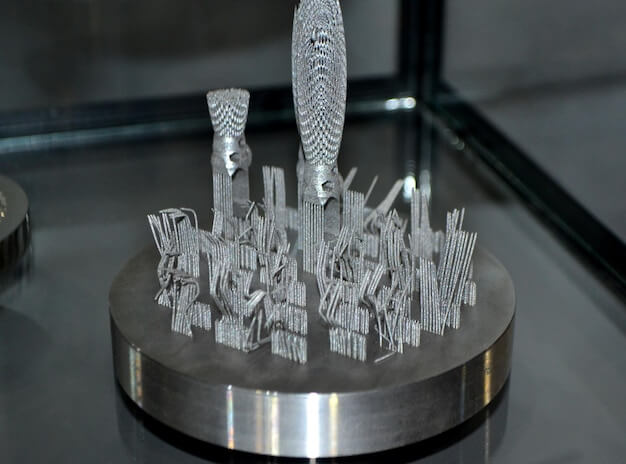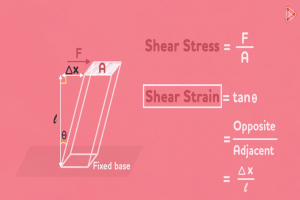Introduction to Precision CNC Machining and its Significance in Manufacturing
Precision CNC machining is a manufacturing process that utilizes computerized controls for operating various machine tools such as lathes, mills, routers, and grinders. Through advanced software, this technology enables marking accurate cuts and fabricating detailed parts swiftly with remarkable precision. It plays an integral role in modern manufacturing due to several reasons:
- It precisely shapes complex geometries which would be nearly impossible by manual operation.
- CNC machines can consistently reproduce high-quality parts eliminating human errors.
- The automation feature of CNC machining allows efficient production and reduces the lead time significantly.
In choosing between brass C36000 and C37000, these factors gain immense importance as accuracy, quality, and speed matter greatly in differentiating product performance and overall cost-efficiency.
Overview of Brass C36000 and Brass C37000
The two types of brass commonly used in Precision CNC machining are Brass C36000 and Brass C37000. The first, Brass C36000, also known as Free Cutting Brass, is renowned for its excellent machinability and strength. It boasts a nominal composition of 61.5-percent copper, 35.4-percent zinc and 3.1-percent lead. Major features of this versatile alloy include low friction properties, good conductivity and an impressive resistance to corrosion.
Brass C37000, often referred to as Drawn or Engraved Brass, too exhibits admirable characteristics that makes it fit for precision machining tasks. This variant contains around 60-percent copper and 39.7% zinc with traces of lead (0.2%). A distinguishing characteristic about C37000 is its unique suitability to be hot formed- making it ideal for large complex parts. On top of that, it offers an outstanding finish upon engraving while still maintaining good corrosion resistance.
Comparison Between Brass C36000 and C37000 for Precision CNC Machining
When comparing Brass C36000 and C37000 for precision CNC machining, several factors should be considered:
- Composition: C36000 contains lead, offering improved machinability, while C37000 is lead-free, providing better corrosion resistance.
- Application Requirements: Consider the specific application needs, such as machinability, corrosion resistance, and desired mechanical properties.
- Cost: Evaluate the cost implications of the two brass alloys based on their composition and performance characteristics.
Factors to Consider When Choosing Between Brass C36000 and C37000 for Precision CNC Machining
The decision between using brass C36000 and C37000 in precision CNC machining largely depends on several key factors revolving around your specific application’s requirements. Both these alloys have certain unique material characteristics.
- Material Characteristics: Brass C36000 is acclaimed for its excellent machinability rating of 100%. It also offers outstanding corrosion resistance, making it ideal for applications exposed to corrosive environments. On the other hand, brass C37000 exhibits good hot forming capabilities alongside its decent machinability, suiting instances requiring severe bending or flaring.
- Machinability Factors: The choice between the two may also be influenced by factors such as cutting forces, tool life, and chip formation. For instance, brass C36000’s impressive machinability directs towards lower cutting forces, extended tool life, and controlled chip formation – attributes that enhance efficiency in a production environment.
- Thermal Conductivity and Hardness: With their differences in thermal conductivity and hardness, these brass types affect decision-making too. While C36000 provides superior thermal conductivity, endorsing better heat dissipation during machining, C37000 touts greater hardness that proves beneficial when high mechanical strength is required.
- Cost-effectiveness: Lastly, evaluating cost-effectiveness involves considering not only initial raw material expense but also ongoing maintenance costs. As brass C36000 requires less intensive tooling due to its superb machinability, it might prove more economically feasible over time despite potentially higher upfront costs.
Expert Insights: Advantages and Disadvantages of Brass C36000 and C37000
In the specialized realm of precision CNC machining, expert opinion overwhelmingly positions brass C36000 as a superior choice due to its excellent machinability. Professionals value it for its low lead content and high strength which makes it suitable for applications demanding precision such as automotive parts and industrial valves. Nevertheless, despite these advantages, there are instances where C36000 may not be ideal.
A case in point would be scenarios requiring exceptional corrosive resistance – here, brass C36000’s propensity towards dezincification could limit its utility. On the other hand, Brass c37000 gains favor in the trade for its ability to maintain structural integrity under extreme conditions while being proficiently functional for general-purpose applications. However, one substantial drawback of C37000 is relatively poor machinability. Experts have cited instances where this limitation renders it unsatisfactory for intricate design applications due to increased wear on cutting tools.
The Importance of Selecting the Correct Brass Type for Precision CNC Machining
In conclusion, choosing between brass C36000 and C37000 is an imperative decision when dealing with precision CNC machining. The performance, product quality, and cost-effectiveness of your project directly depend on this selection. While C36000 brass type might be ideal due to its free-cutting properties making it easier to machine, it may not always fit every project’s requirements. Conversely, C37000 brass brings good machinability too, while providing higher strength and resistance but potentially at a higher cost. These considerations make it clear that there isn’t a one-size-fits-all solution.
- C36000 demonstrates excellent machinability but may lack in terms of strength and resistance relative to other types.
- C37000 balances decent machinability with superior durability aspects; however, its usage can inflate costs significantly.
Therefore, understanding these inherent traits and aligning them with your project needs is key to optimizing production process efficiency and ensuring the realization of truly high-grade outputs.
Other Articles You Might Enjoy
- Elevating Precision Standards through Chamfer in CNC Machining
1. Introduction: The Pursuit of Unparalleled Precision In the realm of CNC machining, precision is paramount. This section introduces the article by exploring the significance of precision in manufacturing and…
- CNC Machining Aluminum vs. Brass: A Detailed Comparison for Precision Parts Manufacturing
Introduction to CNC Machining and Material Choices CNC (Computer Numerical Control) machining is a critical process in precision parts manufacturing. Its importance lies in its ability to create intricate and…
- Precision Prowess: Unveiling the Advantages of China CNC Machining
1. Introduction: The Role of Precision in Manufacturing Excellence In this introductory section, we delve into the critical role that precision plays in manufacturing and set the stage for an…






